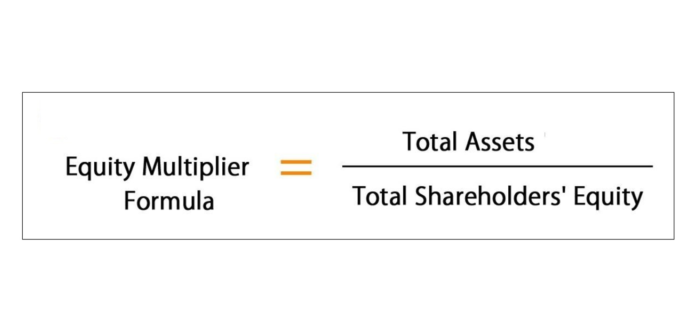How To Create A Church Budget: The Complete Guide
Kiszona kapusta przepis: w słoikach beczkach kamionce
January 17, 2023Strictly Come Dancing 2025 Launch Show discussion thread BBC One, 6:40pm Page 27 Digital Spy
February 6, 2023
These are likely the highest-priority expenses, ones that you would maintain even in times of financial hardship. Of course, this is also a great time to ask if these expenses are worth the cost. You might consider reducing expenses or making budget cuts to help save your church money. Now that you’ve identified all of your sources of income and expenses, it’s time to put that knowledge to use. The Program Budget method evaluates each program the church plans to offer, how much it will cost, and what other resources it will require. This budget will help you remove inefficiencies as you realize which programs are no longer as effective as they once were.
- In addition to tithes, offerings, and fundraising, churches may also receive donations from individuals or organizations.
- And if budgeting isn’t you’re thing, it’s okay to ask for help.
- This means that you can quickly adjust the budget if you have not brought in as much money as you expected to.
- For your church to continue paying your bills on time, a certain percentage of your income must pay off debt and save for emergencies.
- However, it would be wise to employ the strengths of the other budgets mentioned above to avoid the common pitfalls of Incremental Budgets.
Mission Expenses
- At the end of each month, compare how much each income and expense line was budgeted to be (budget) against how much it actually was (actuals).
- Keep a portion of your church’s budget for marketing, especially in the final quarter of the year.
- Review past financial records and consult with ministry leaders and staff to determine accurate expense estimates.
- In this way, the budget can show you what you can afford and what you’ll need outside fundraising to help with.
- Your church likely sets many types of goals, and with good reason—goals are critical to any organization’s ability to grow and thrive.
- First, log into your church’s bank account and add up the total between all savings and checking accounts.
- Creating a balanced budget is essential for the financial health and sustainability of a church.
Your church’s direct ministry can include programs for children, youth, counseling, adult men and women, and more. These are your primary programs and are https://www.bookstime.com/ essential to the mission of your church. Each of these programs should fulfill a critical need, and funding for these programs should be dependable so you can continue providing these services.
It’s Time to Build Church Champions
Run reports on the past or current year, 3 years, and 5 years of income. Your church may also own land and buildings, have a large endowment, a money market account for the pastor’s retirement, etc. Gathering this information will require that you collect all financial statements and reports you can get your hands recording transactions on. Which one is best for your church depends on your needs and leadership style. However, most churches would benefit from a Line Item Budget. However, it would be wise to employ the strengths of the other budgets mentioned above to avoid the common pitfalls of Incremental Budgets.

What Are Common Mistakes to Avoid in Church Budgeting?
Sharing your plans with the community early also encourages them to buy in to the idea. This way, the community can rally around the project and contribute to making it a reality. List all expenses classified under personnel, facilities, programs, administrative, and others. Detail every category to be as specific as possible so that every cost incurred is taken into consideration. When you’re trying to create a budget template, I recommend using Excel or Google Sheets. In my opinion, how to create a church budget Google Sheets is actually better because it’s easily shared with other members of the team, and there’s not multiple versions flying around in everyone’s email.
Can a Church Have Net Income?

We pray God blesses your church with smooth financial seas ahead. To begin, you have to know your church’s overall financial position.
Budgeting basics: Income

This document is your church’s master financial plan, detailing all of the revenue you expect to generate and the expenses you’ll incur over one fiscal year. Creating a balanced budget is an ongoing process that requires regular evaluation, open communication, and prudent financial management. By carefully allocating resources and monitoring financial performance, your church can achieve financial stability and effectively carry out its mission. This may include tithes, offerings, donations, rental income, fundraisers, grants, or any other revenue streams.
- While effective operating budgets are essential for internal management and decision-making, they’re also useful externally.
- In a normal business operation, you’re not trying to pay down a massive amount of debt, and you’re not in a capital campaign of some sort.
- Whether you’re planning for your business, family or church, budgeting is an important part of the process.
- Your church budget should include all your expenses for the year and keep an eye on future projects.
- You should reach out to local restaurants, shops, and businesses with collaboration proposals.
- When allocating expenses for operational purposes, consider historical data, projected needs, and any upcoming changes or developments in the church’s operations.
Tips to Start Your Next Year Budget Planning
It gives a clear trace of the budget, allowing churches to closely monitor spending and adjust accordingly. If your church works with an accountant, they can develop cash flow reports and budget vs. actual comparisons for you to reference during your check-ins. Cash flow reports break down how cash moves in and out of your organization so you know how much money you have on hand at any given time. In your church’s operating budget, categorize your revenue by source, and note when you expect to receive different types of funding as well as the projected amount. This will help ensure you have the resources you need for time-sensitive initiatives.
